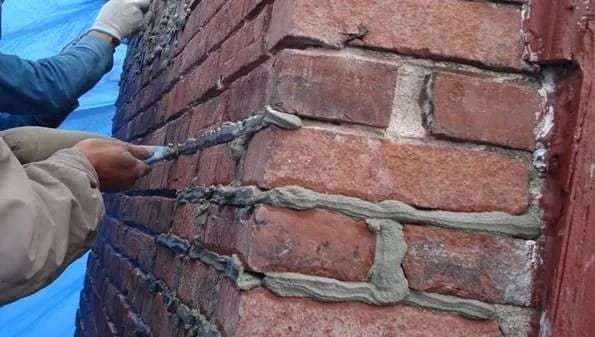Modern masonry techniques represent a fusion of tradition and innovation, harnessing technological advancements to enhance efficiency, sustainability, and design possibilities in construction. This comprehensive article aims to explore the dynamic realm of modern masonry, unveiling its evolution, cutting-edge techniques, diverse applications, and transformative impact on today’s architectural landscape.
Evolution and Technological Advancements:
Technological Integration:
Modern masonry has embraced technology, integrating advanced tools, machinery, and materials to streamline processes, optimize efficiency, and elevate precision.
Innovative Materials and Methods:
From engineered stone to prefabricated systems, modern masonry incorporates novel materials and techniques, expanding possibilities while maintaining the core principles of structural integrity and aesthetic appeal.
Advanced Masonry Techniques and Processes:
Precise Cutting and Shaping:
High-tech equipment, such as computer-controlled saws and lasers, enable precise cutting and shaping of stones or blocks, facilitating intricate designs and custom configurations.
Mechanized Assembly and Installation:
Automation and robotics in masonry streamline assembly and installation, enhancing speed and accuracy while reducing manual labor and construction time.
Applications and Versatility in Construction:
Structural Innovations:
Modern masonry techniques contribute to the construction of high-rise buildings, bridges, and infrastructure projects, showcasing advancements in load-bearing capabilities and structural design.
Architectural Versatility:
Innovative methods allow for complex architectural features, from curvilinear walls to geometric patterns, offering architects greater freedom for creative expression.
Sustainable Practices and Eco-Friendly Solutions:
Green Building Materials:
The integration of eco-friendly materials, recycled aggregates, and sustainable production processes promotes environmentally conscious masonry practices, reducing carbon footprints.
Energy-Efficient Designs:
Modern masonry emphasizes energy efficiency through improved insulation, thermal mass properties, and innovative building envelope solutions, contributing to sustainable construction practices.
Digital Tools and Design Innovations:
Building Information Modeling (BIM):
BIM technology facilitates collaborative planning and visualization, enabling architects, engineers, and masons to streamline project coordination and optimize design efficiency.
Virtual Prototyping and Simulation:
Simulation software allows for virtual testing of structural integrity, material performance, and environmental impact, aiding in design optimization and risk mitigation.
Challenges and Future Trends:
Skills Adaptation and Training:
Keeping pace with technological advancements requires continuous training and upskilling of masons to adapt to modern tools and methods effectively.
Prefabrication and Modular Construction:
Future trends in modern masonry may lean towards increased prefabrication and modular construction methods, enhancing efficiency and quality control.
Conclusion:
Modern masonry techniques, shaped by innovation and technological integration, redefine the landscape of contemporary construction. Their transformative impact extends beyond structural integrity, fostering sustainability, design flexibility, and efficiency. As masonry continues to evolve, driven by advancements in materials, technology, and sustainable practices, it stands at the forefront of modern architecture, embodying the balance between tradition and progress in the built environment.
